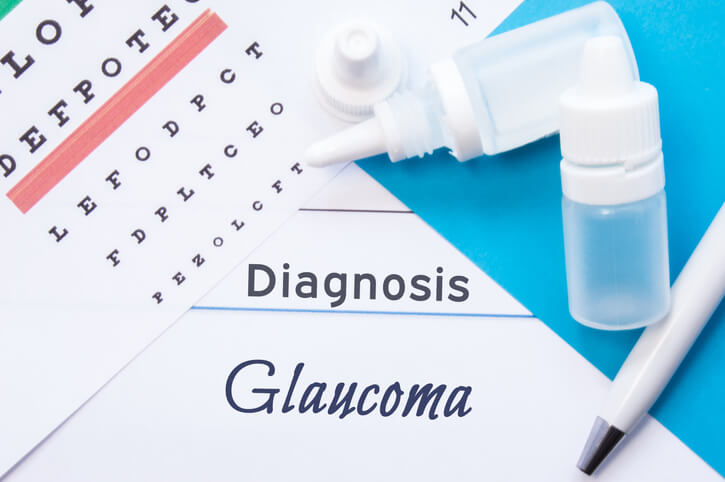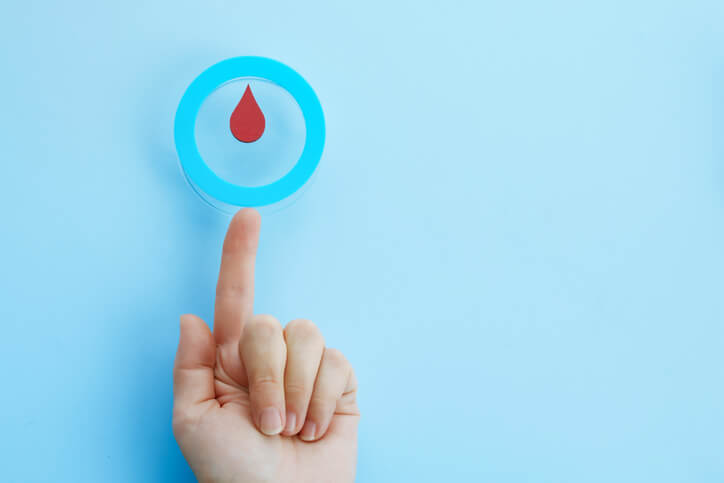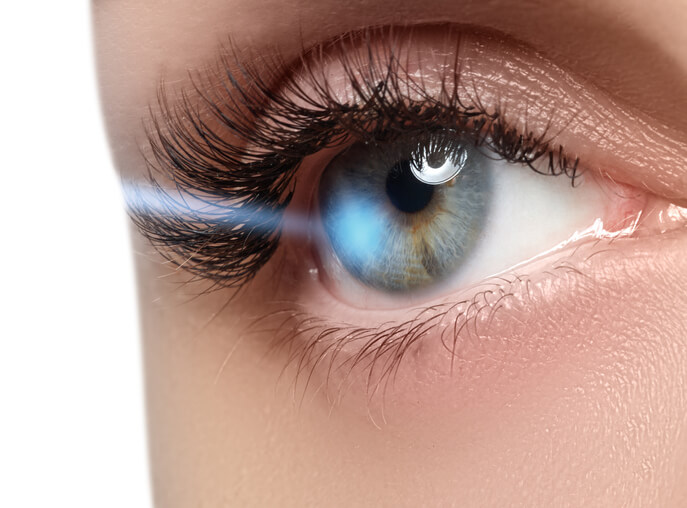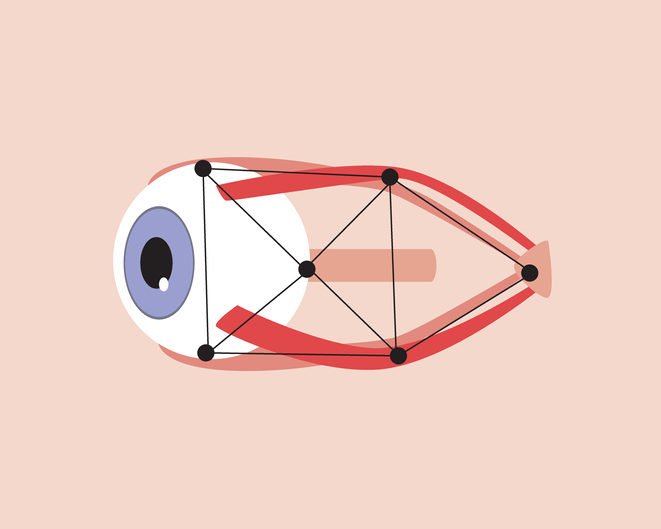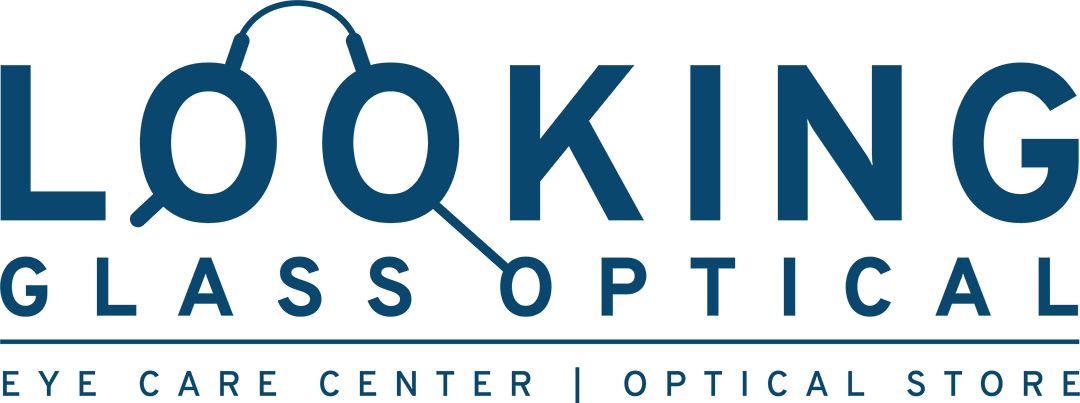Most people have heard that the sun can damage your eyes and that wearing sunglasses can help protect you from this damage. What many people don’t realize, however, is the importance of sunglasses throughout the entire year, not just in the summer. Learn more about why wearing sunglasses in winter is essential.
Read more →Whether you’re putting in hours at work or studying for school, many people spend a lot of time staring at screens. Computer screens, cell phones, and tablets have become a part of everyday life.
Many people spend hours each day with their eyes glued to a digital screen. But how can you protect your vision? With so many digital eye strain myths, it can be hard to know the truth.
The unfortunate reality is that all of this screen time can damage your eyesight and cause uncomfortable symptoms. Know the truth about digital eye strain and some common misconceptions by reading the guide below.
Read more →You may be surprised to learn that glaucoma is not a singular condition. Instead, it refers to a group of eye conditions that affect the optic nerve and impair your vision. Glaucoma prevention should be a priority for anybody who enjoys their sight. Keep reading to learn 10 helpful tips for preventing glaucoma.
Read more →Anyone who is living with diabetes knows how important it is to manage the disease. Yet many people don’t realize the far-reaching impacts that unmanaged diabetes can have on multiple biological systems. Diabetes can even affect your eye health and cause vision loss or complications. But why does this happen, and what can you do to avoid it? Learn more about the connection between diabetes and vision, and find out easy ways you can improve your eye health and care for your vision with diabetes.
Read more →Refractive errors are vision problems that impact how well you can see. These disorders affect the way your eyes bend light. Refractive errors are problems that happen when the shape of your eyes prevents light from focusing the way it should on your retina. The most common types of vision problems are refractive errors. Read on to learn more about different types of refractive errors and how you can help your eyes.
Read more →According to the World Health Organization (WHO), 64% of all visually impaired people worldwide are women. Visual impairments can take many forms, from mild to severe ones that can significantly impact a person’s quality of life. When it comes to women vs. men, women struggle more with visual issues, but why is that the case? Learn more about the various types of visual impairments and the reasons why women are more prone to them than men.
Read more →The last thing parents think of when they gaze into their child’s wonder-filled eyes is statistics about vision loss in children. However, taking care of your child’s eye health is just as important as tending to the other aspects of their well-being. Learning more about the threats to your child’s vision and how to prevent children’s vision loss will help.
Read more →The optic nerve inside your eye is responsible for transferring visual information from the retina to the brain. This delicate nerve is made of over one million fibers and is vulnerable to a number of different conditions, including optic atrophy.
Read more →Wearing contact lenses is an excellent way to improve your vision without needing glasses. Some people prefer contacts to glasses because they provide access to full peripheral vision and don’t limit activity. Contact lenses are easy to wear, affordable, and hard to lose. However, if you wear contact lenses, you must know when to change your prescription. Here are some helpful tips for understanding when it’s time to make a trip to the optometrist.
Read more →Approximately 61% of perimenopausal and menopausal women suffer from dry eyes. The changes in hormones that women experience which lead to symptoms like hot flashes, sweating, and even insomnia can also affect eye health. Post-menopausal dry eye can be uncomfortable, affecting your life. Read on for eye health facts to help you deal with dry eye symptoms.
Read more →


